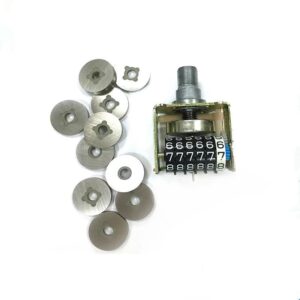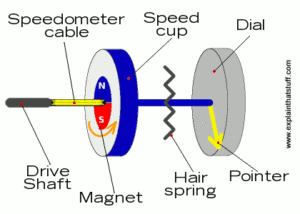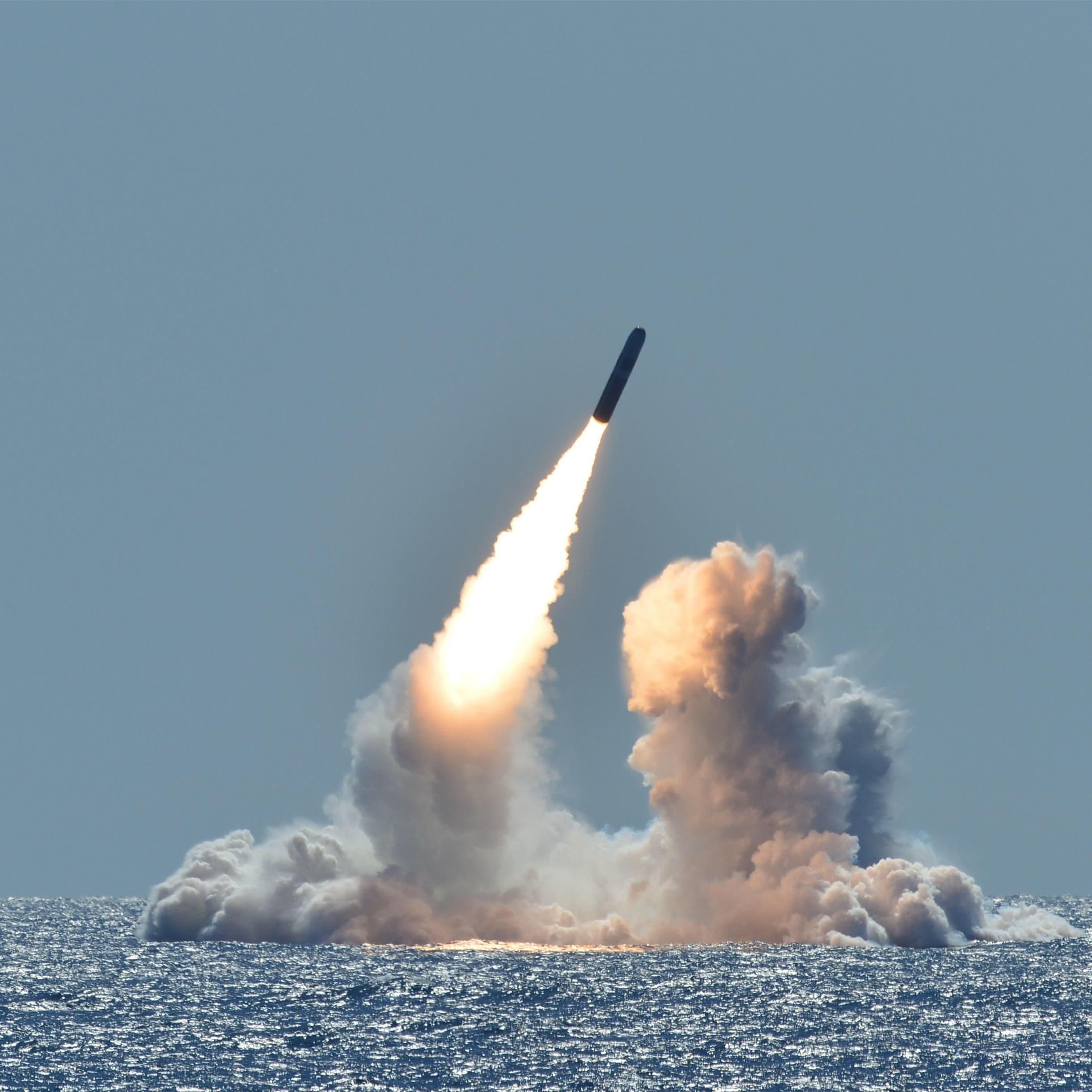A speedometer or a speed meter is a gauge that measures and displays the instantaneous speed of a vehicle. Now universally fitted to motor vehicles, they started to be available as options in the 1900s, and as standard equipment from about 1910 onwards. Speedometers for other vehicles have specific names and use other means of sensing speed. For a boat, this is a pit log. For an aircraft, this is an airspeed indicator.
Universal size: Alnico2 or 5;
23*d13.5*3mm without injection molding
2.3*d6*(3.5-4)mm with 3,4 or 6 molding holes
23*d6*3.47mm

Operation
When the car or motorcycle is in motion, a speedometer gear assembly turns a speedometer cable, which then turns the speedometer mechanism itself. A small permanent magnet affixed to the speedometer cable interacts with a small aluminum cup (called a speedcup) attached to the shaft of the pointer on the analog speedometer instrument. As the magnet rotates near the cup, the changing magnetic field produces eddy currents in the cup, which themselves produce another magnetic field. The effect is that the magnet exerts a torque on the cup, “dragging” it, and thus the speedometer pointer, in the direction of its rotation with no mechanical connection between them.

The pointer shaft is held toward zero by a fine torsion spring. The torque on the cup increases with the speed of rotation of the magnet. Thus an increase in the speed of the car will twist the cup and speedometer pointer against the spring. The cup and pointer will turn until the torque of the eddy currents on the cup is balanced by the opposing torque of the spring, and then stop. Given the torque on the cup is proportional to the car’s speed, and the spring’s deflection is
proportional to the torque, the angle of the pointer is also proportional to the speed, so that equally spaced markers on the dial can be used for gaps in speed. At a given speed, the pointer will remain motionless and point to the appropriate number on the speedometer’s dial.
The return spring is calibrated such that a given revolution speed of the cable corresponds to a specific speed indication on the speedometer. This calibration must take into account several factors, including ratios of the tail shaft gears that drive the flexible cable, the final drive ratio in the differential, and the diameter of the driven tires.




The Speedometer seems to be vastly under reading.
The mechanisim is a nippon seiki type.
On a identical woking unit i read 4000 rpm on the face plate, that with a 1000 rpm rotating speed via the wheel drive input cable which is correct. The faulty unit in Question at the same cable inout speed of 1000 rpm gives ne only around 2000rpm reading on the face pkate needke pointer.
I suspect the rotating magnet has lost some of its magnetic intencity due to age etc.
How would i go about if possible re energizing the magnet to its original intencity.
Many thanks if youre able to assist
the magnet can be magnetized by the neodymium magnet, if you don’t have a magentizer that 2 neodymium magnets can help you magnetized the Alnico magnet. before magnetized them, you need to check the magnetic direction firstly. use the Magnetic Pole Observation Film can help you check the magnetic direction.